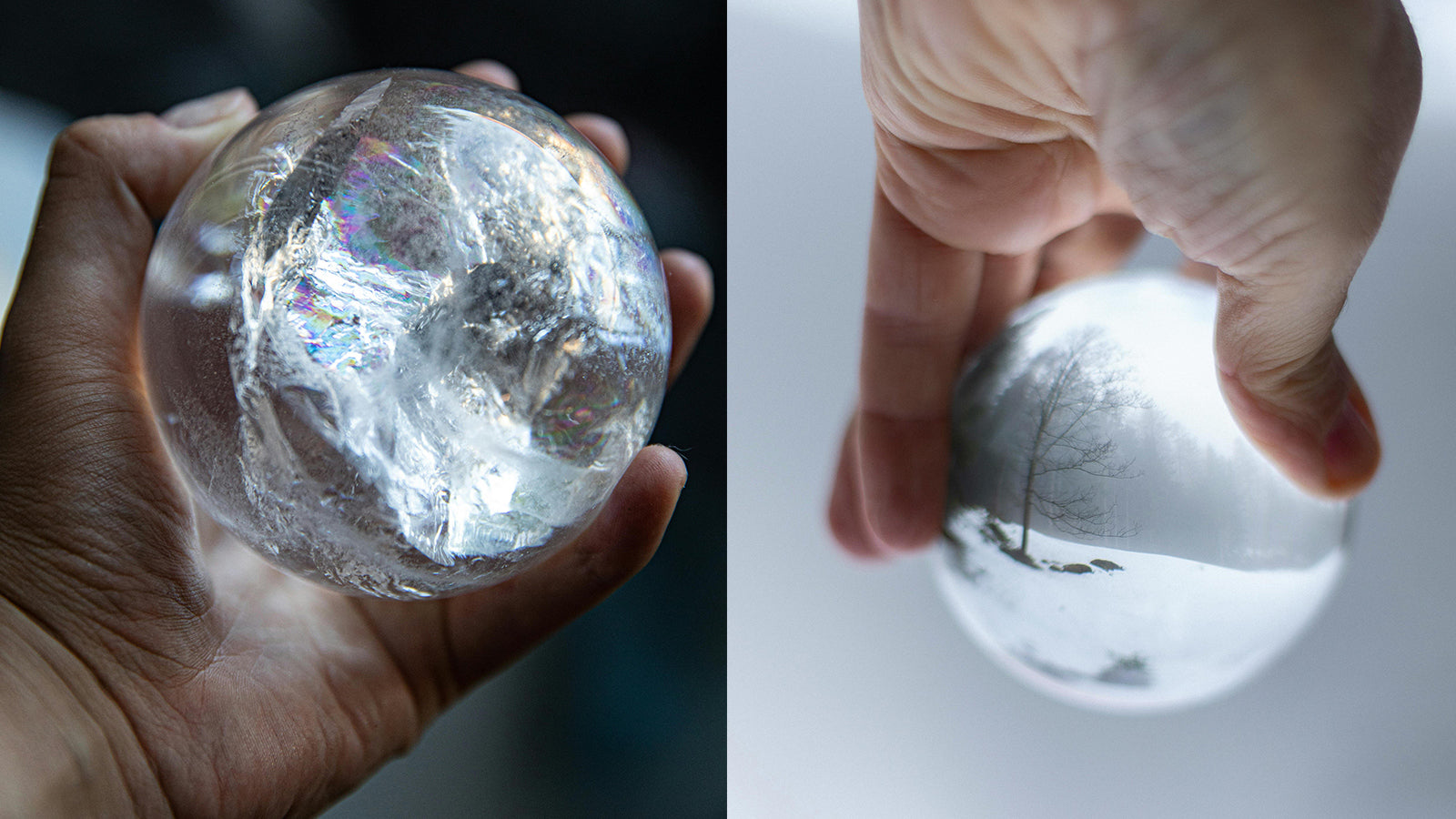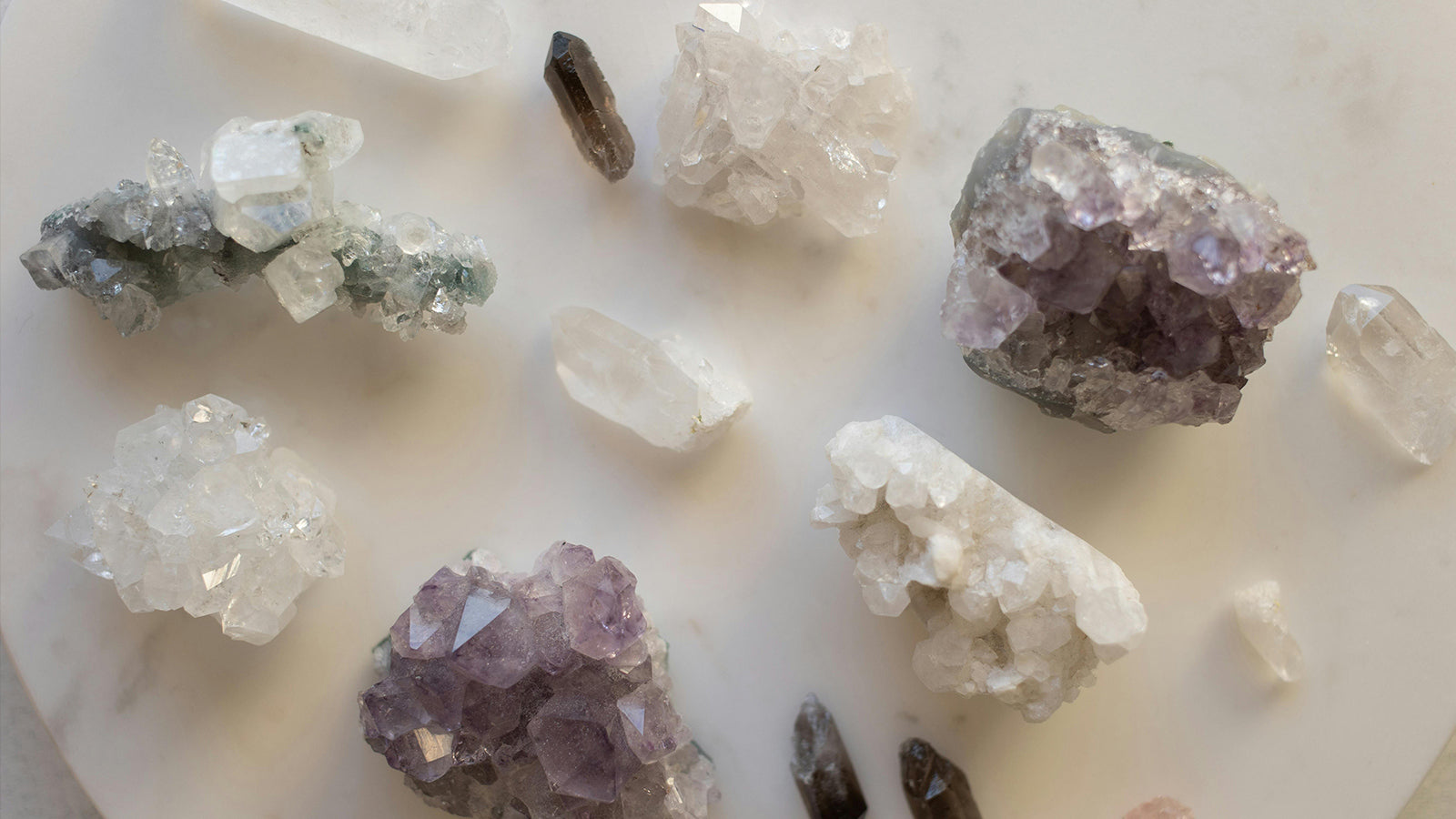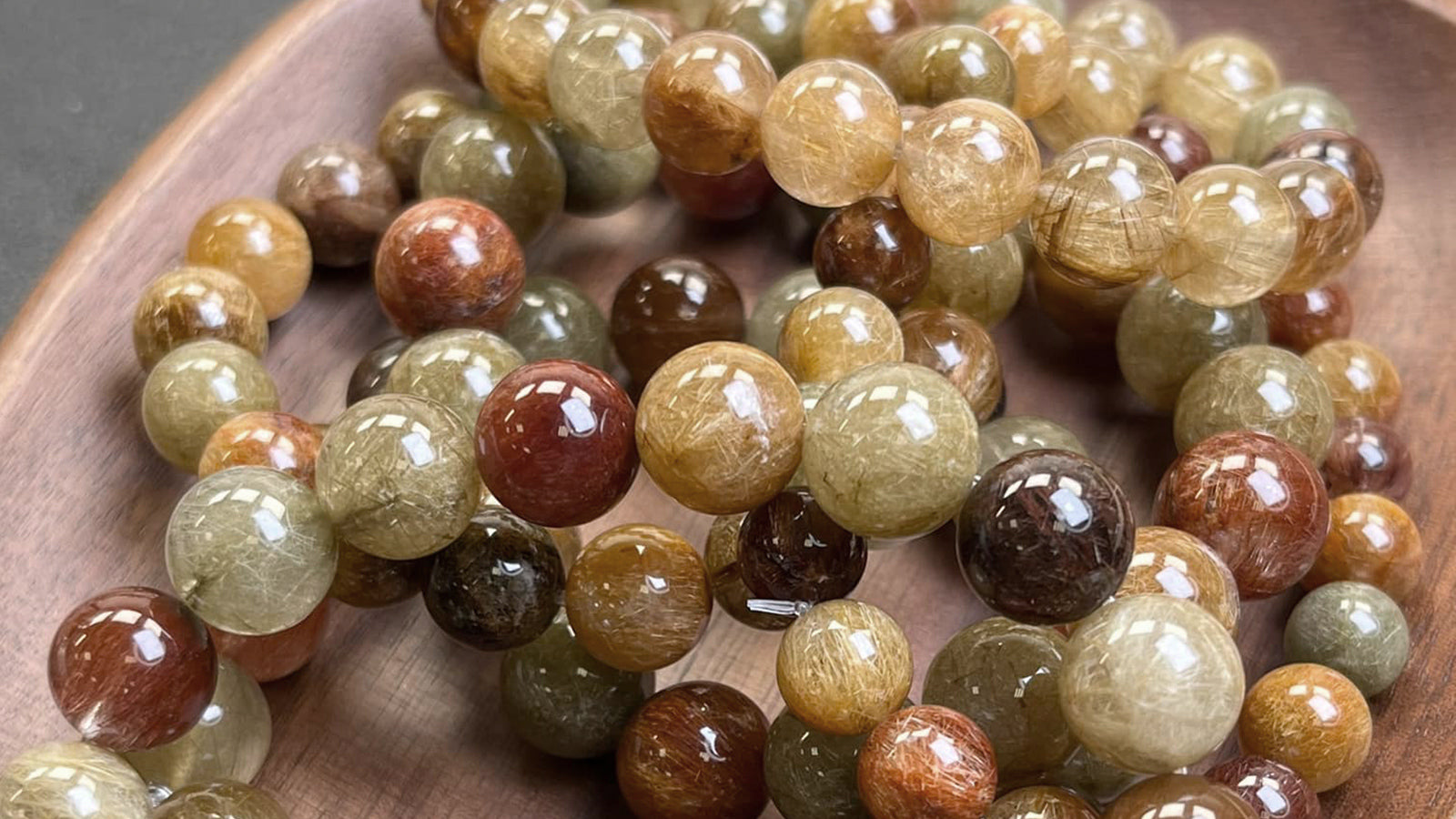
Spotting the Differences Between Genuine and Fake Crystals: A Complete Guide
Learn how to identify authentic crystals with these simple yet effective tips.
1. Why Authentic Crystals Matter
Natural crystals are formed over millions of years, absorbing the Earth’s energy. They carry unique vibrational frequencies that support emotional balance, increase positivity, and enhance well-being.
In contrast, fake crystals, often made from glass or resin, lack these benefits and may even contain harmful chemicals. Understanding the differences ensures you experience the full potential of crystal healing.
Key Characteristics of Real Crystals
- Natural inclusions like bubbles or striations.
- Soft, natural colors with a subtle shine.
- A cool, heavy feel when held.
Common Issues with Fake Crystals
- Overly bright or uniform colors that look unnatural.
- Lightweight and warm to the touch.
- Unreasonably low prices and unclear sourcing.
2. Common Types of Fake Crystals
Fake crystals come in many forms, often designed to mimic the appearance of natural ones. Here are some of the most common types:
Dyed Quartz
Clear quartz tinted with artificial dyes to mimic popular crystals like amethyst or green phantom quartz.
Glass Imitations
Specially cut glass pieces crafted to resemble the clarity and sparkle of genuine crystals.
Synthetic Crystals
Lab-created stones with overly perfect patterns that lack natural imperfections.
3. How to Identify Genuine Crystals
Visual Inspection
- Color: Authentic crystals typically have soft, gradient colors. Fake crystals often look unnaturally vibrant or excessively polished.
- Inclusions: Real crystals contain internal imperfections, such as air bubbles or cloudiness. Fake ones often appear too perfect.

Physical Tests
- Temperature: Real crystals feel cold to the touch and retain their coolness even in warm environments.
- Weight: Genuine crystals are heavier than fake ones, which are often made from glass or plastic.
4. Professional Methods for Verification
- Optical Testing: Shine a light through the crystal to observe refraction patterns. Real crystals exhibit unique refraction properties.
- Heat Test: Expose the crystal to mild heat. Genuine crystals remain stable, while fake ones may deform or discolor.
- Consult an Expert: Seek advice from a professional gemologist or buy from reputable sellers like No.7 Crystal.
5. Tips for Buying Real Crystals
- Buy from Reputable Brands: Trusted brands like No.7 Crystal ensure authenticity and quality.
- Avoid Suspicious Deals: Extremely low prices often signal counterfeit products.
- Ask Questions: Inquire about the crystal's origin, treatment, and certification.
Conclusion
Investing in real crystals ensures you benefit from their genuine energy and healing properties. By learning to spot the differences, you can avoid fakes and make confident purchasing decisions.
Explore the carefully curated collection at No.7 Crystal and experience the transformative power of authentic crystals. Shop now.





